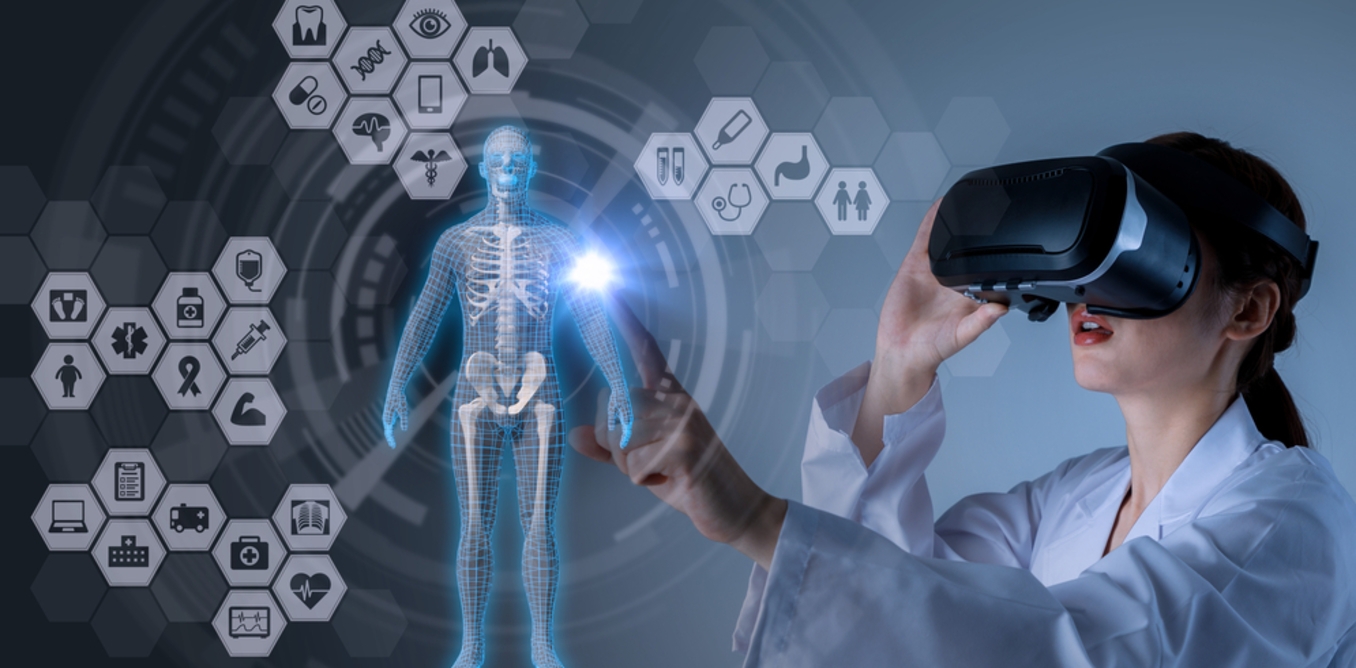Virtual Oncology: Enhancing Cancer Treatment through Emerging Technologies

Telemedicine in Oncology Care
Telemedicine uses technologies like video conferencing to connect patients with cancer specialists remotely. This allows people in rural areas to access expert oncology care without traveling long distances. For patients undergoing treatment, telemedicine visits can reduce the need to physically visit healthcare facilities. During the COVID-19 pandemic, telemedicine played a critical role in continuing cancer care safely. Many chemotherapy and radiation therapy follow up visits transitioned online. Studies show telemedicine achieves similar health outcomes to in-person visits for routine cancer monitoring and management of side effects. It enhances access to specialty cancer care while reducing costs for patients and the healthcare system.
Personalized Medicine through Molecular Profiling
Cancer treatment is becoming more personalized through molecular profiling technologies. Next generation sequencing helps identify genetic mutations and abnormalities driving a patient's unique cancer. This molecular profile guides targeted therapies designed to interfere with specific cancer pathways. Compared to conventional chemotherapy, targeted therapies often have fewer side effects and better survival outcomes. Molecular profiling is now standard for certain cancers like breast and lung cancer. As sequencing costs decline, profiling will expand to more cancer types. Combined with clinical details, molecular data feeds into predictive analytics. Models analyze vast amounts of genomic and outcome data to predict treatment responses, toxicity risks, and prognosis for individual patients.
Virtual and Augmented Reality Aid in Surgery Planning
Virtual Oncology and augmented reality technologies give surgeons a computer-generated view of a patient's tumor and anatomy. By importing CT, MRI, PET scans and other diagnostic images, VR/AR reconstructs 3D visualizations doctors can interact with. This aids pre-operative planning, especially for complex cases. Surgeons can study a Virtual Oncology from different angles, size up its relationship to surrounding structures, and design customized surgical strategies. Some tools even integrate patients' real-time breathing and organ motion patterns. AR interfaces overlay critical data directly onto a surgeon's field of vision through smart glasses during procedures. Both VR and AR aim to improve surgical accuracy, minimize invasive exploratory steps, shorten operating times and speed up patient recovery.
Get more insights on Virtual Oncology
About Author:
Money Singh is a seasoned content writer with over four years of experience in the market research sector. Her expertise spans various industries, including food and beverages, biotechnology, chemical and materials, defense and aerospace, consumer goods, etc. (https://www.linkedin.com/in/money-singh-590844163)
- Industry
- Art
- Causes
- Crafts
- Dance
- Drinks
- Film
- Fitness
- Food
- Игры
- Gardening
- Health
- Главная
- Literature
- Music
- Networking
- Другое
- Party
- Religion
- Shopping
- Sports
- Theater
- Wellness
- News


